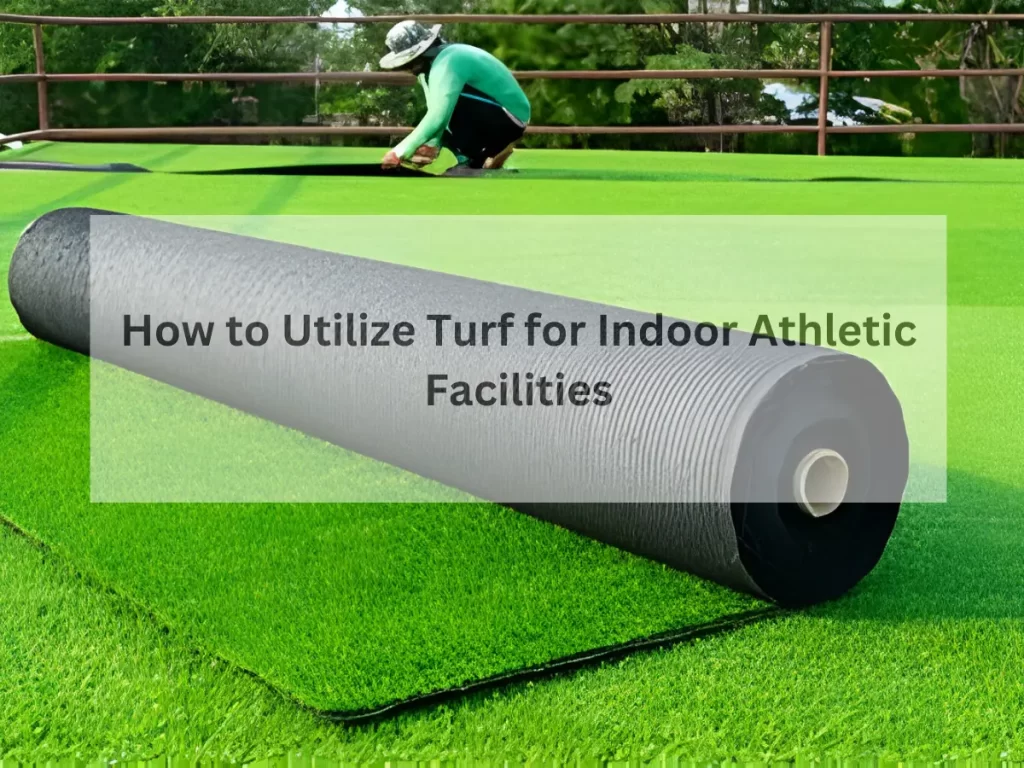How to Utilize Turf for Indoor Athletic Facilities
Indoor athletic facilities are revolutionizing the way we think about sports and fitness environments. In these innovative spaces, traditional flooring materials are making way for more versatile, durable, and aesthetically pleasing options. One such material that stands out is artificial turf. Vision Turf & Pavers, a trusted name with deep-rooted connections to Orange County, Los Angeles County, Riverside County, and San Diego County, leads the charge in transforming indoor athletic spaces with high-quality artificial turf solutions. With a commitment to excellence before, during, and after your purchase, our licensed, bonded, and insured team guarantees satisfaction and unparalleled service.
Let’s dive into how Vision Turf & Pavers can revolutionize your indoor athletic space, making it more versatile, durable, and enjoyable for users year-round.
Why Choose Artificial Turf for Indoor Athletic Facilities?
Artificial turf, once confined to outdoor sports fields, has found a new domain within indoor facilities. Its adaptability and resemblance to natural grass have made it a preferred choice for various applications, from indoor soccer fields and batting cages to strength and agility training areas. But what makes artificial turf stand out for indoor athletic facilities?
- Natural Feel and Performance: Products like Action Turf offer a playing experience akin to real grass, crucial for athletes’ training and performance.
- Durability and Maintenance: Unlike natural grass or rubber flooring, artificial turf withstands high traffic and intense activities without wear, requiring minimal maintenance.
- Safety and Comfort: With shock-absorbing qualities and a potential eco-friendly foam underlayer, artificial turf minimizes joint pressure and the risk of injuries, enhancing workout safety.
- Hygiene and Cleanliness: Options with antimicrobial infill prevent the spread of bacteria, ensuring a clean and safe environment for users.
Vision Turf & Pavers: Transforming Spaces with Artificial Turf
We understand the importance of a well-crafted athletic space. Our synthetic turf solutions are designed to meet the needs of various indoor facilities:
- For Commercial Gyms and Health Clubs: Create visually appealing and functional workout areas that cater to a range of activities, from yoga to high-intensity interval training.
- Sports Training Centers: Equip your facility with a surface that offers the durability needed for intense, daily use across a variety of sports.
- Multipurpose Athletic Spaces: Whether it’s a community center or a school gym, our turf can support a wide range of activities, ensuring versatility and long-term use.
Expert Installation and Customization
Our team at Vision Turf & Pavers brings expertise and precision to each project. From selecting the right type of turf to customizing its installation to fit your specific needs, we ensure that every detail is accounted for. Our services extend beyond turf installation to include paving solutions that complement and enhance your indoor athletic facility’s aesthetic and functionality.
Paving the Way with Vision Turf & Pavers
In addition to our turf services, Vision Turf & Pavers specializes in paving solutions that can transform your facility’s outdoor spaces. Our Interlocking Stone Pavers are not only durable and attractive but also versatile, suitable for driveways, pathways, patios, and pool decks. Combined with our customized patio covers, we can create an enchanting outdoor area for relaxation and entertainment.
The Vision Turf & Pavers Promise
With long-standing ties to our community and a commitment to craftsmanship and sustainability, Vision Turf & Pavers is your partner in creating the perfect indoor athletic facility. Our dedication to your satisfaction is unwavering, from consultation to completion and beyond.
Endless Possibilities Await
Indoor athletic facilities are more than just places for physical activity; they are environments that inspire, motivate, and support the health and wellness of every individual. With Vision Turf & Pavers, you can transform any space into a dynamic, safe, and enjoyable area for athletes of all ages and skill levels. Experience the difference that quality, expertise, and a customer-focused approach can make in your next project.
Ready to Elevate Your Indoor Athletic Facility?
Vision Turf & Pavers is here to bring your vision to life. Contact us at (714) 975-5708 to explore the endless possibilities and start your transformation today. Let us help you create an indoor athletic facility that stands out for its quality, durability, and design. Your satisfaction is our guarantee. Find Vision Turf & Pavers on Google Maps for Premium Artificial Grass Solutions
FAQs: How to Utilize Turf for Indoor Athletic Facilities
Can turf be used indoors?
Absolutely! Indoor turf is a versatile and practical solution for various settings, including sports facilities, home gyms, and recreational areas. It offers the look and feel of natural grass without the maintenance requirements, making it perfect for indoor environments where natural grass wouldn’t thrive. Indoor turf is designed to withstand heavy foot traffic and provide a durable, low-maintenance surface for a wide range of activities.
How do you use artificial grass indoors?
Artificial grass can be used indoors in multiple ways, enhancing both the functionality and aesthetics of a space. Here are some common applications:
- Sports Facilities: For indoor soccer fields, batting cages, and training areas, artificial grass provides a safe and realistic surface.
- Home Gyms: It offers a durable and comfortable surface for workouts and exercise equipment.
- Play Areas: Provides a safe and easy-to-clean surface for children’s play areas.
- Decorative Touch: Adds a unique, green element to indoor spaces such as offices or commercial areas.
What do you put under indoor turf?
The choice of underlayment for indoor turf depends on the intended use and required performance characteristics. Common options include:
- Shock Absorbent Pads: These provide cushioning and reduce the risk of injuries, ideal for sports and play areas.
- Rubber Mats: Offer durability and extra shock absorption, suitable for gym floors or heavy-use areas.
- Foam Underlay: A lightweight option that provides cushioning and comfort, great for lighter-use areas like residential play areas or decorative indoor lawns.
Discover the Best Drainage Solutions for Your Artificial Turf Rooftop

